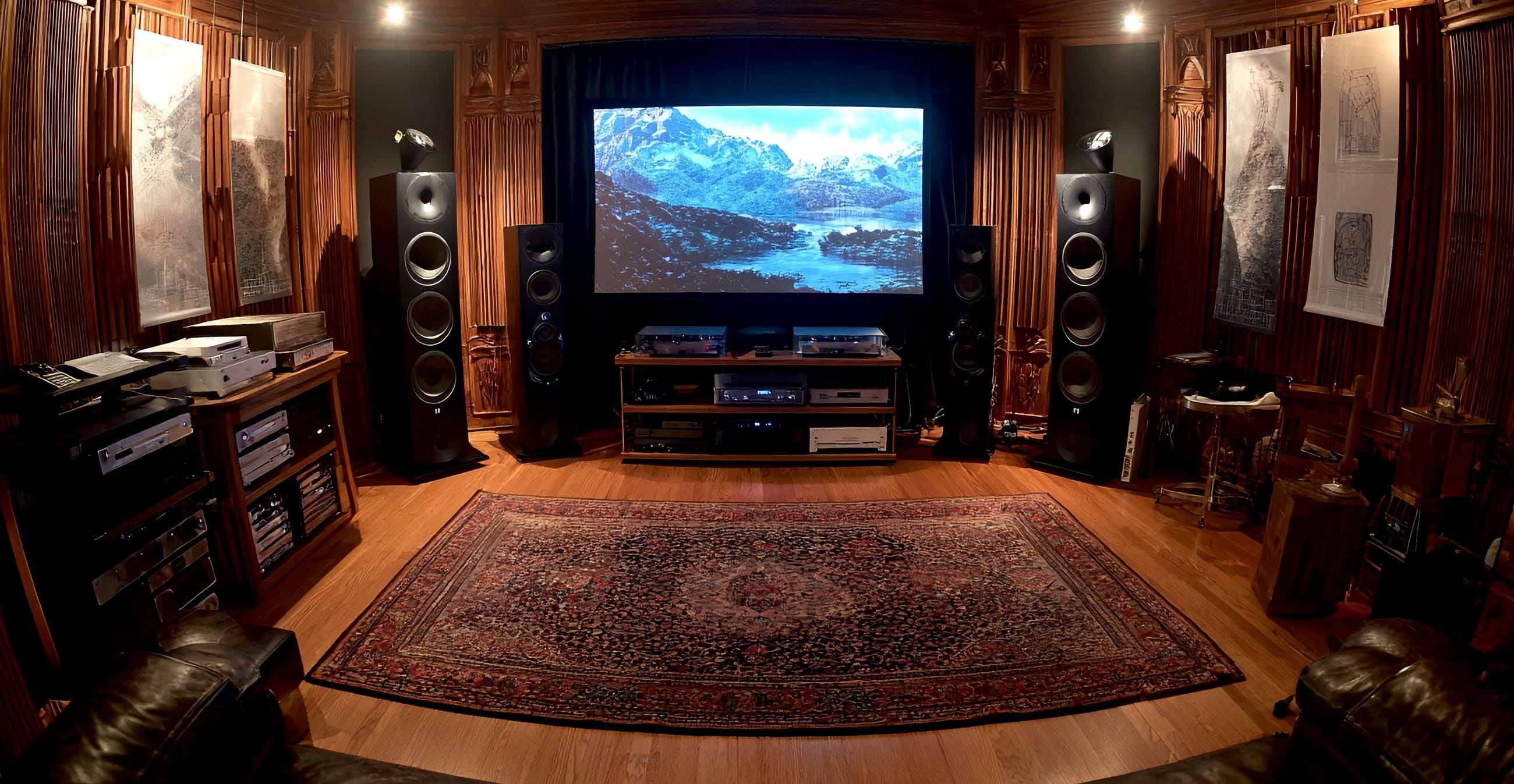**************************
It is not recommended to listen to the music system while playing Burn-In tracks, as this can damage your ears. It is highly recommended that you perform this process while you are away or sleeping to avoid any potential harm.
**************************
White Noise (All Bandwidth - Far)
White noise includes all audible frequencies. Energy is equally distributed across these frequencies, unlike the energy in pink noise. The equal distribution creates a steady humming sound. Since white noise contains all frequencies at equal intensity, it can mask loud sounds that stimulate your brain. That’s why it’s often recommended for sleeping difficulties and sleep disorders like insomnia apart from music system burn-in process.
Brown Noise (Low Bandwidth - Narrow)
Brown noise has more energy at lower frequencies, even more so than pink noise. It decreases in power by 6 dB per octave (20 dB per decade) and, when heard, has a "damped" or "soft" quality compared to white and pink noise. The sound is a low roar resembling a waterfall or heavy rainfall. Though brown noise is deeper than white noise, they sound similar to the human ear.
Pink Noise (All Bandwidth - Near)
Pink noise is deeper than white noise. It’s like white noise with a bass rumble. However, compared to brown noise, pink noise isn’t as deep.
Grey Noise (All Bandwidth - Wide)
Grey noise is random white noise subjected to a psychoacoustic equal loudness curve over a given range of frequencies, giving the listener the perception that it is equally loud at all frequencies. This is in contrast to standard white noise which has equal strength over a linear scale of frequencies but is not perceived as being equally loud due to biases in the human equal-loudness contour.





